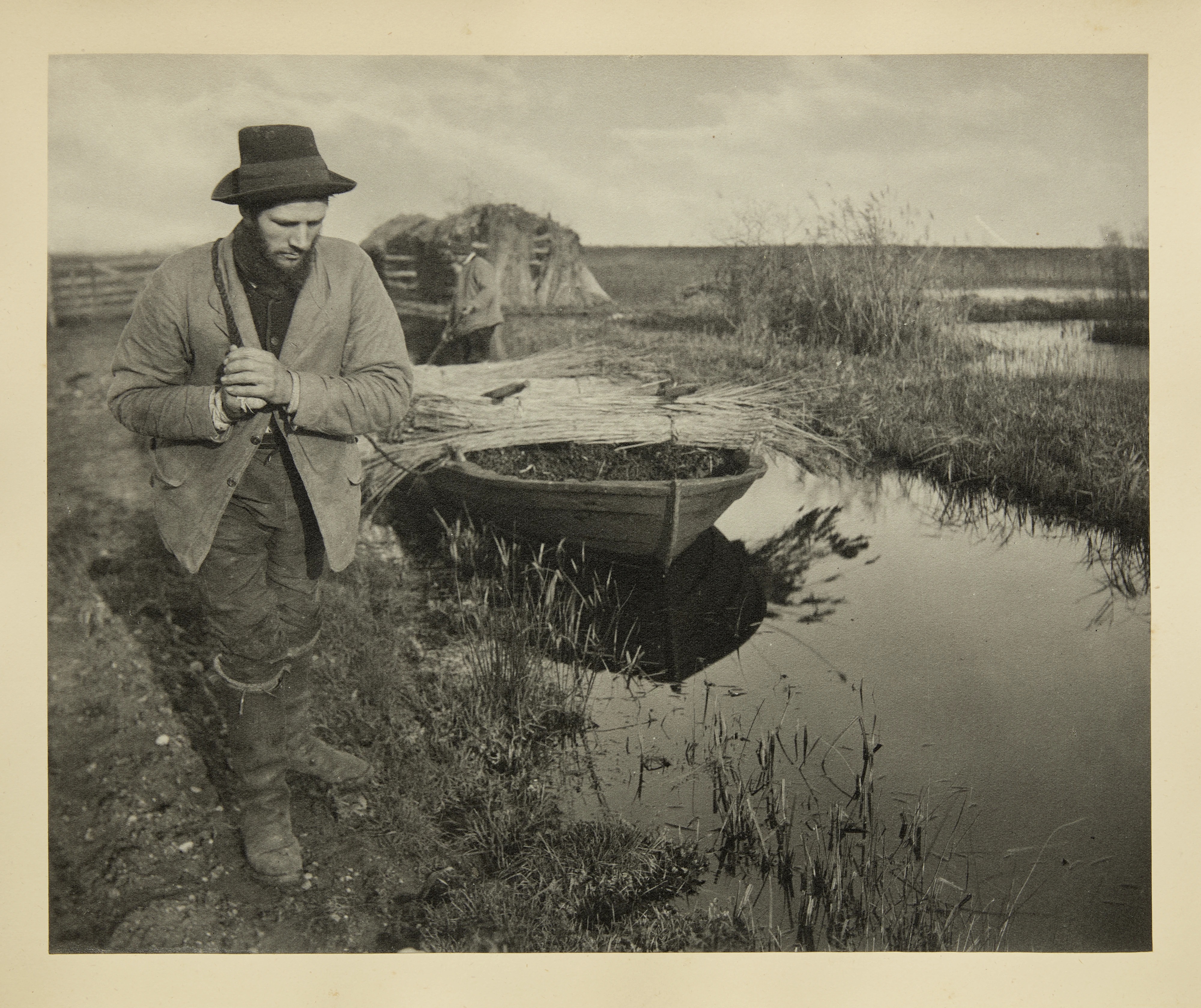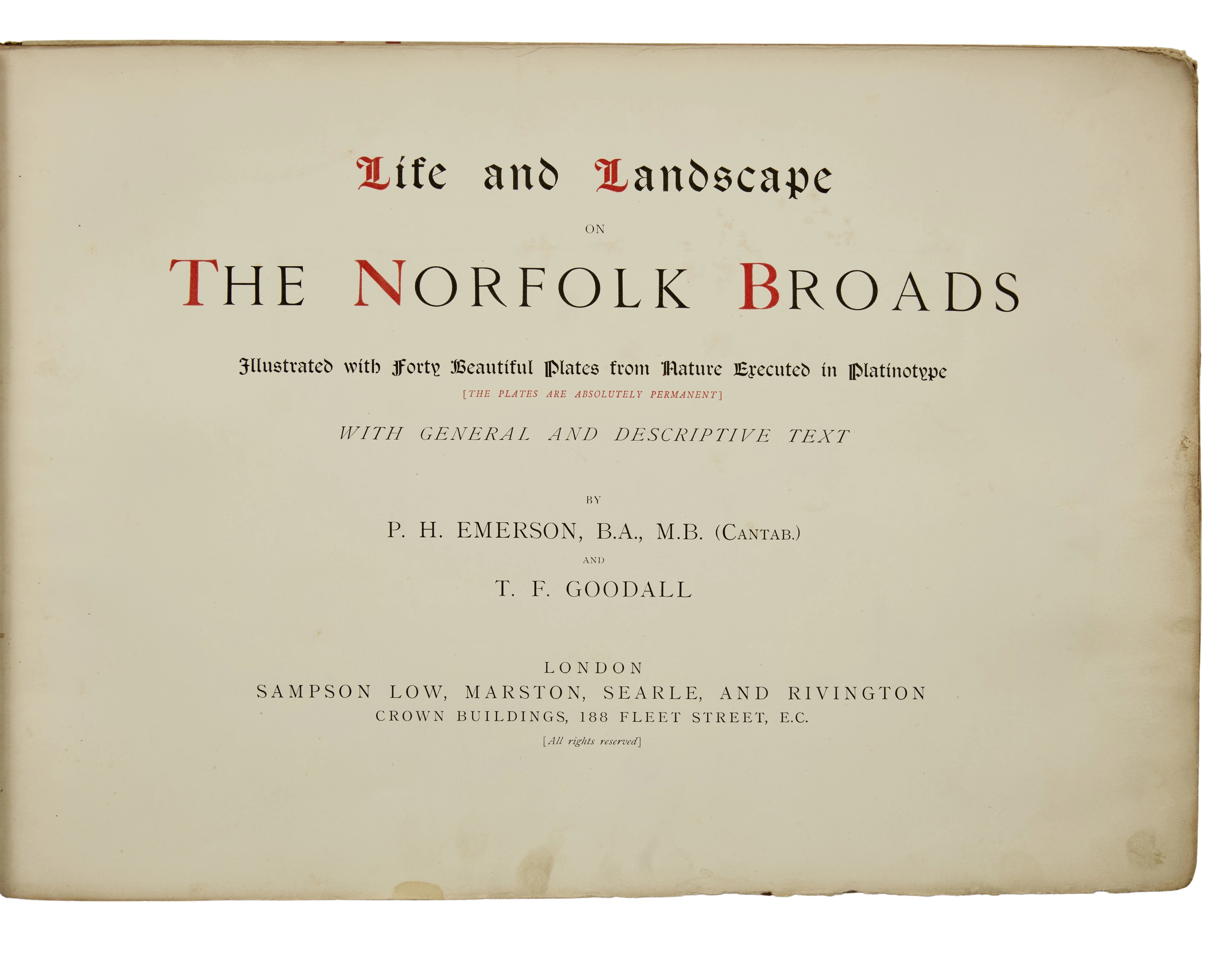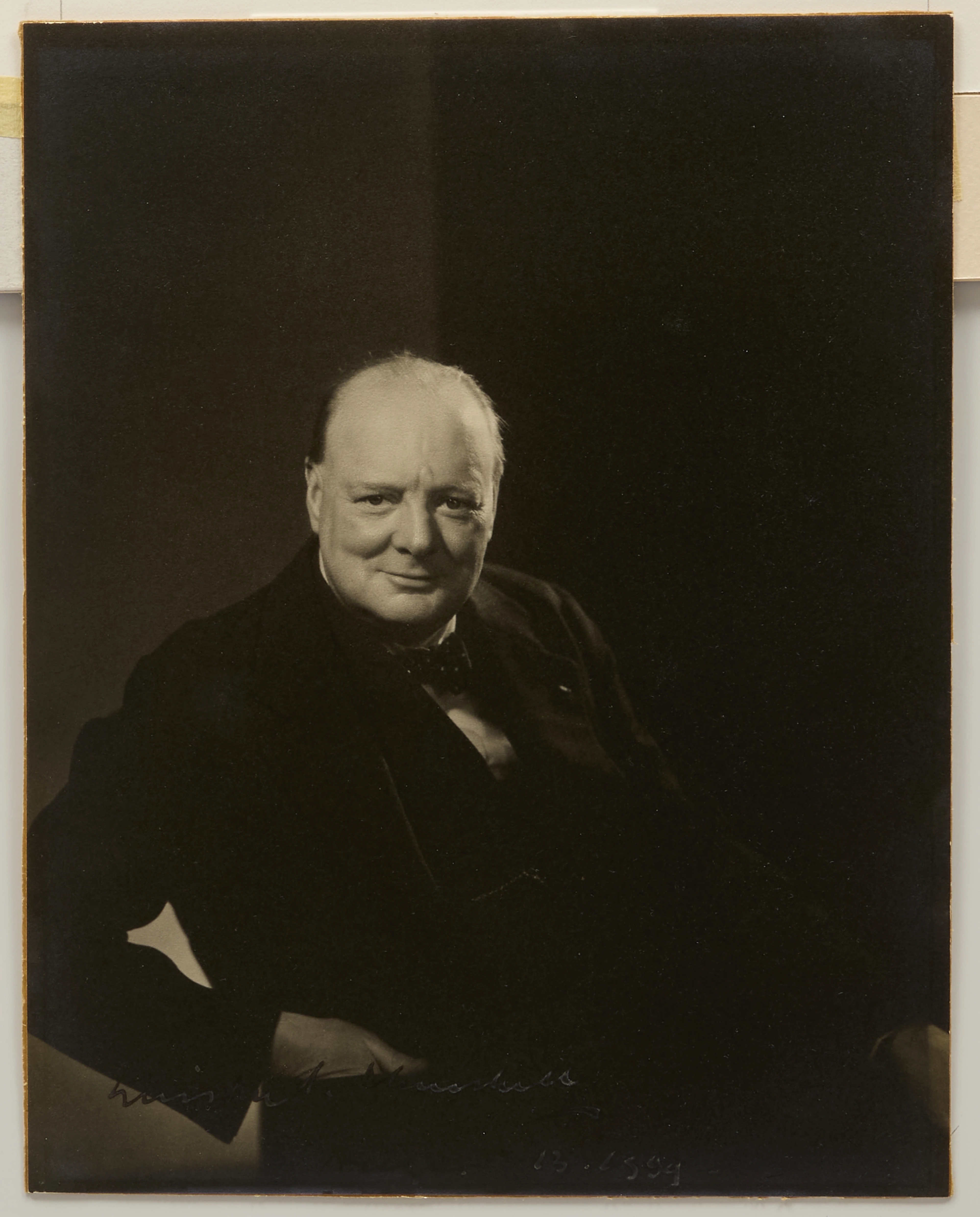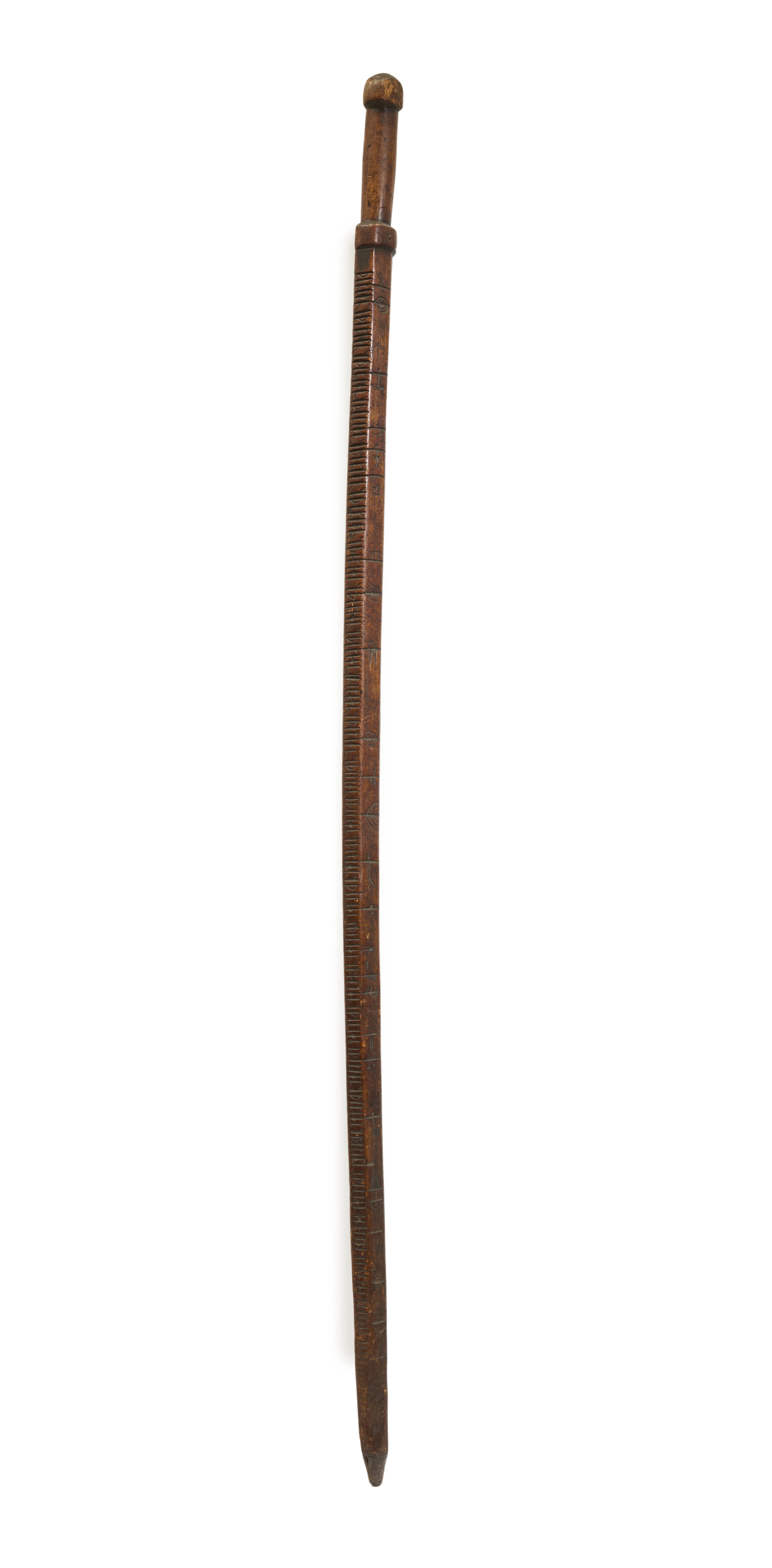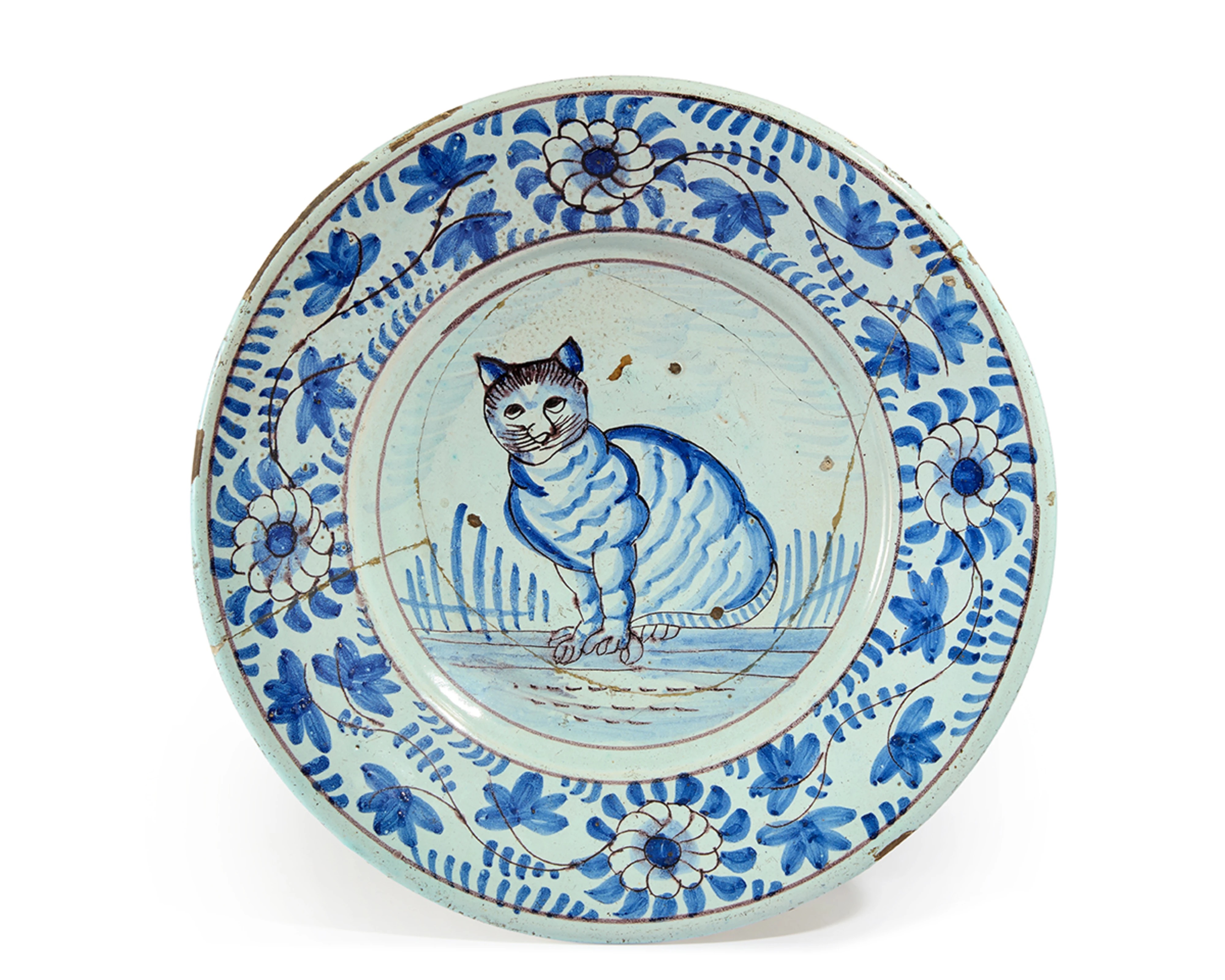An extraordinary surviving copy of Peter Henry Emerson’s groundbreaking 1886 photographic masterpiece, Life and Landscape on the Norfolk Broads, one of only twenty five copies, was discovered wrapped in brown paper in a closet in Maryland, USA, following a house clearance. It was originally purchased by the vendor's 98 year old mother at a yard sale, years prior, and sat in its wrappings in the wardrobe for years before being rediscovered by one of her children. It is now set to be auctioned in Rosebery’s Fine & Decorative Art sale on Thursday 10 July with an estimate of £30,000-£50,000.
Lot 142: Emerson, Peter Henry, British, 1856-1936, and Goodall, Thomas Frederick, British, 1856-1944
Estimate: £30,000 - £50,000
This deluxe first edition, one of only 25 deluxe copies produced, is a landmark in photographic history and early art books. Emerson, a trailblazing Victorian photographer born in Cuba and later resident in England, captured the rural life and landscapes of East Anglia with a naturalistic approach that profoundly influenced generations of photographers. He is widely considered to be the person that elevated photography to an art form.
Between 1885 and 1895, Emerson documented the Norfolk Broads and Great Yarmouth with a distinctive style that blended documentary realism and artistic composition. His work is paired with the lyrical prose and illustrations of artist Thomas Frederick Goodall in what is considered the world’s first “coffee table” photography book.
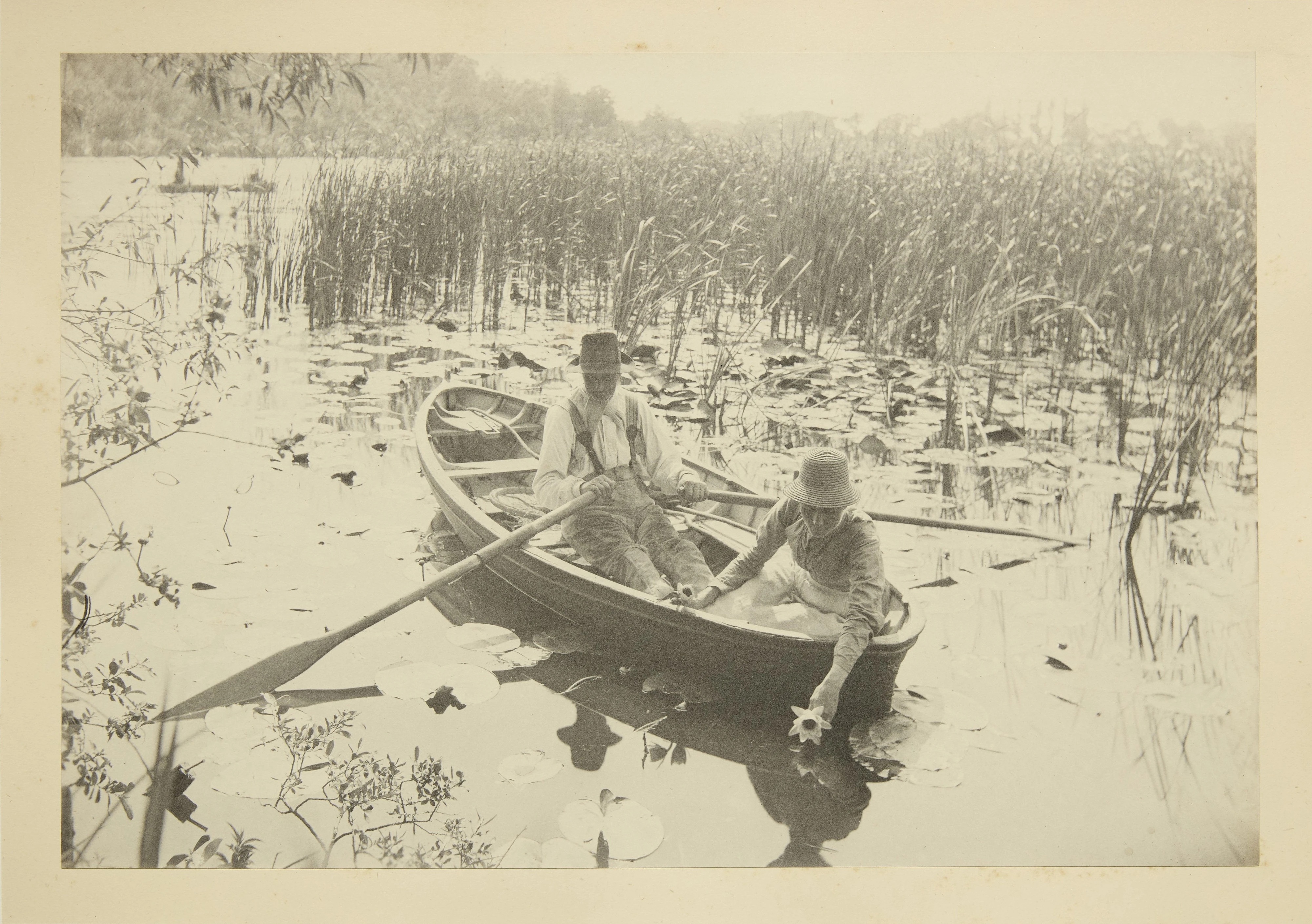
The deluxe edition includes 40 delicate platinum prints mounted on India paper with protective tissue guards, bound in original brown roan-backed pictorial vellum gilt featuring a design by Goodall. Emerson’s personal fingerprints can be seen on one print, suggesting the intimate craftsmanship that went into the creation of the volume. The book’s rarity is heightened by Emerson’s destruction of the original plates after publication, making intact deluxe copies nearly impossible to find.
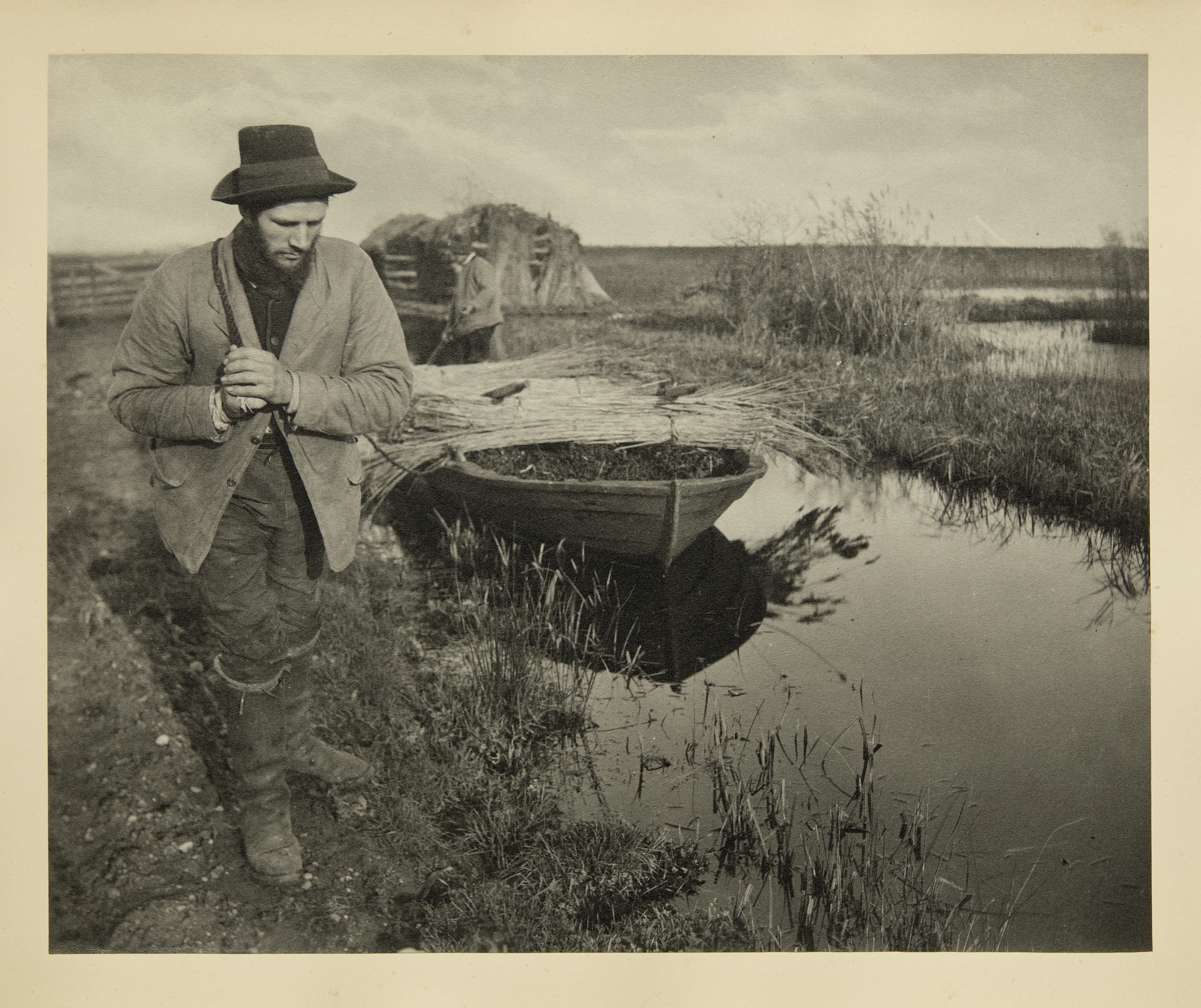
“I couldn’t believe my eyes when this came through as a routine email valuation - it is an incredibly rare and valuable thing to find. Life and Landscape on the Norfolk Broads is a seminal work that established photography as a serious artistic medium. Emerson’s influence is still felt today, from Alfred Stieglitz to contemporary photography,” commented Jack Wallis, Head of Sale.
Lot 81: A Bonheur du Jour from Castle Howard
Estimate: £15,000 - £25,000
Another highlight from the sale is a remarkable bonheur du jour from Castle Howard, incorporating bronze and ivory reliefs collected by generations of the Howard family on their Grand Tours of Italy. The larger bronze reliefs depict classical scenes from Roman antiquity and are likely by Giacomo and Giovanni Zoffoli, celebrated 18th-century bronze casters in Rome. The ivory reliefs were acquired earlier, in 1739, by the 4th Earl of Carlisle through the agent Francesco di Ficaroni, and are attributed to Giovanni Battista Pozzo.
The table may have been assembled by the renowned cabinetmaker John Linnell for the 5th Earl of Carlisle between 1765 and 1790. It appears in Castle Howard inventories from 1825 to 1864, listed in the dressing rooms of Lady Isabella Cawdor and later Countesses of Carlisle. It likely left the estate sometime after 1864, either through a sale or family bequest.
Lot 139: A fine photograph of Sir Winston Churchill, by Edward Steichen, American, 1879-1973, New York
Estimate: £1,000 - £1,500
Other notable lots include Walter Sickert’s French day bed, purchased by his wife Christine Angus in 1919 for their Normandy home, and a signed portrait of Sir Winston Churchill by Edward Steichen. The Churchill print, taken from a 1932 Vanity Fair commission and printed circa 1954, comes with provenance tracing it to Churchill’s valet Norman McGowan, who wrote My Years with Churchill in 1958. It is estimated at £1,000 to £1,500.
Lot 91: A rare Scandinavian lunar runic calendar staff, Åbo (Turku), Finland, possibly 16th / 17th century
Estimate: £6,000 - £10,000
Among the more unusual items in the sale is a rare Scandinavian lunar runic calendar staff, possibly from 16th- or 17th-century Åbo (modern-day Turku, Finland). Incised with traditional runes and measuring over 125cm in length, it was used to track Sundays, feast days, and lunar cycles. Once common in Swedish-speaking regions, such staffs became rare by the 18th century and were often retained as scholarly or status objects. This example is listed in the Runic Calendar Project and is estimated at £6,000 to £10,000.
Lot 164: A Brislington delftware charger, late 17th century, painted in shades of blue and outlined in...
Estimate: £1,000 - £1,500
Also of note is a late 17th-century Brislington delftware charger, decorated with a highly unusual image of a seated cat outlined in manganese. While chargers with similar foliate borders typically feature royal portraiture, the feline subject appears to be unique among known examples. It carries an estimate of £1,000 to £1,500.


